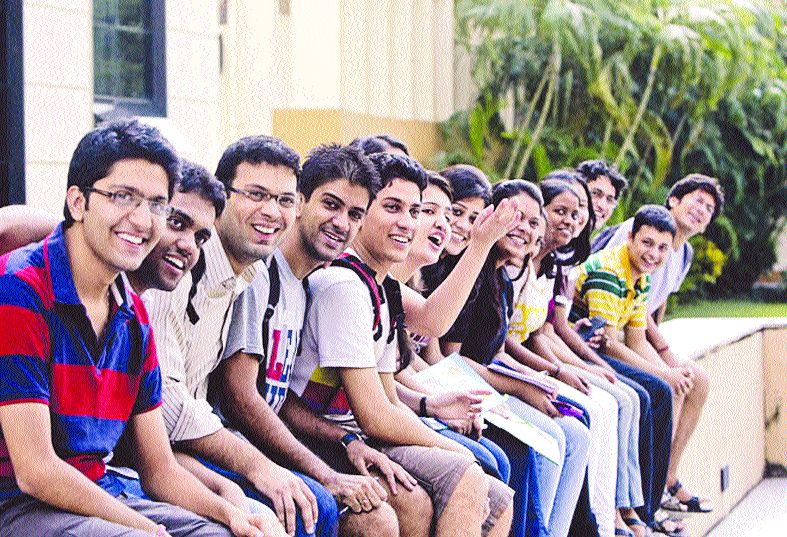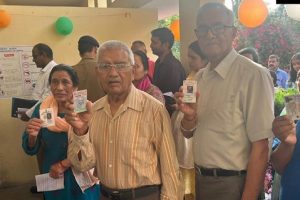India, the youngest country in the globe with 50 per cent of its population below 25, certainly needs an extra emphasis on education as a key pillar for economic development. Apropos, the listing of education amongst the nine pillars of the last year’s budget, have soared the public expectations for this sector. Delicately the budget 2017 tried to please by delving into more reforms, along with the enduring ones, by deploying less than expected resources.
Reforms in higher education like restructuring of the University Grants Commission, autonomy for major institutes, thrust on outcome-based learning, increase in size of medical education, establishing national testing agency might be radical steps in enhancing quality of education without putting a sizeable burden on government exchequer.
While about six per cent of the GDP is allocated to education sector this year, the percentage does not look that encouraging. For giving impetus to quality education, ideally a seven to eight per cent should be considered. An elevated fund allocation would have provided a much important outlook of India as a nation keen in building its human capital.
The budgets of last couple of years have centred on creating new IITs, IIMs, AIIMs, etc and the current budget, continuing the trend, has proposed to set up two AIIMs. These new institutions of higher learning though are operational today, yet suffer largely from qualitative issues especially in terms of infrastructure and faculty. At this juncture a 10 per cent increase in the budget for overall with a bigger thrust on higher education is certainly an encouraging step forward.
Further somewhat more emphasis to IITs and AIIMs re-emphasises government’s concern for pure sciences over social sciences.
Most of the Indian institutes, be it IITs, IIMs or institutes of national importance stand nowhere in global rankings for lack of basic research and development infrastructure. To thrust on world-class infrastructure, some premier institutes both from public and private sectors would have been supported in continuance with the allocations made in previous year. This would have expanded employment opportunities to the large population of research scholars passing out of these premier institutes.
Building human capital though is essential for development of countries like India, but higher education does not seem to be quite affordable for the average youth of the country. The wide public expectation on a better and larger rebate on interest and principal repayment on education loan could remain unaddressed in the recent budget.
The demand to equate the tax treatment of house building and educational loans seems quite genuine in a knowledge based economy like ours and certainly needs to be addressed in future. Even some more tax benefits on higher education loans for Beti Padho would have added a feather to the ongoing awareness programmes for girl children.
Owing to limited access and heavy cost, many are deprived of higher education. The usage of DTH channels to link online courses available on the Swayam platform for free of cost would certainly enable student access to resources. This is a prominent drive in continuation to digital India programme and would support the initiative of women empowerment and education particularly by targeting the population beyond mainstream. But Swayam already had a soft launch and is not a new education scheme of the current year.
In spite of government allowing 100 per cent FDI in education sector, it has not experienced a great success. This probably needs a liberation model and the academia was eagerly waiting to see some budgetary provisions. It could have sent a positive vibrant signal to the global world class institutes for building strong tie-ups with existing institutes of higher education or bringing new infrastructure to the country.
Another alternative expected from the budget in this direction was to put more focus on exploring the possibility of Public Private Partnership model in education sector to provide more access to qualitative higher education to Indian youth.
Overall the budget tried to focus more on enriching the quality and access to education sector. Even though several good measures are introduced in this year’s budget, especially higher education, many things remain untouched.
However, it is expected that the future budget allocation would be more progressive and will make healthy moves towards strengthening the country’s growth.
The writer is associate professor finance, MD, Gurgaon.











